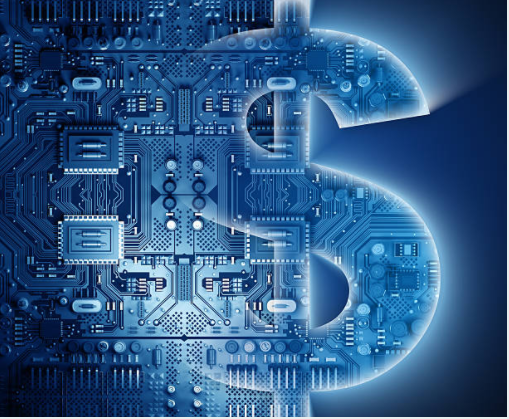Regulating Non-Fungible Tokens: A Work in Progress
The rise of cryptocurrencies has left regulators and legislators alike struggling to hone in what is largely an unregulated international market that many believe can be a major contributor to anti-money laundering and terrorism financing efforts around the world. Nearly equaling the historic rise of crypto over the past year or so has been that of a new digital “asset” that has burst onto the global scene to further complicate matters with respect to the ongoing battle against financial crime. Non-fungible tokens (NFTs) – cryptographic assets on blockchain that are marked by unique identification codes and metadata that distinguish them from each other 3 – have become a tangible means by which to digitally represent real, physical assets (such as real estate, artwork, sports, and gaming content). Unlike cryptocurrencies, each individual NFT “token” is one-of-a-kind, making their worth variable. This intrinsic value comes from scarcity. Once someone attains an NFT, they personally own that distinct image, song, or whatever form of digital content is in their possession. No one else can use it without the owner’s express permission, making it theirs and theirs alone. Once “tokenized” these digital assets can be better thought of as certificates of ownership/rights for physical pieces since they lack a tangible form in their own right. Much like cryptocurrencies, however, these ownership records are stored on the blockchain ledger which prevents forgery. The lack of the fungibility component that makes cryptocurrencies a secure and legitimate medium of transaction in a digital economy further adds to the allure of NFTs with respect to the realms of artwork and collectibles, respectively. While NFTs have technically existed since 2014, they have gained a significant amount of attention over the past several years in particular secondary to their attachment to high-valued digital artwork and the sports world. Just recently, a piece of artwork created by digital artist Beeple sold for over $69 million at British auction house Christie’s, becoming the first purely digital artwork to ever be offered by the renowned firm. Several sports moments that have been tokenized have been accompanied by hefty price tags in their own right. Most notably, the National Basketball Association (NBA) recently partnered with Canadian- based Dapper Labs to create its own version of a collectible digital asset coined NBA TopShot that allows consumers to purchase unique basketball highlights-turned-collectibles. The novel venture has already netted over $230 million in sales since its establishment in 2019.4

